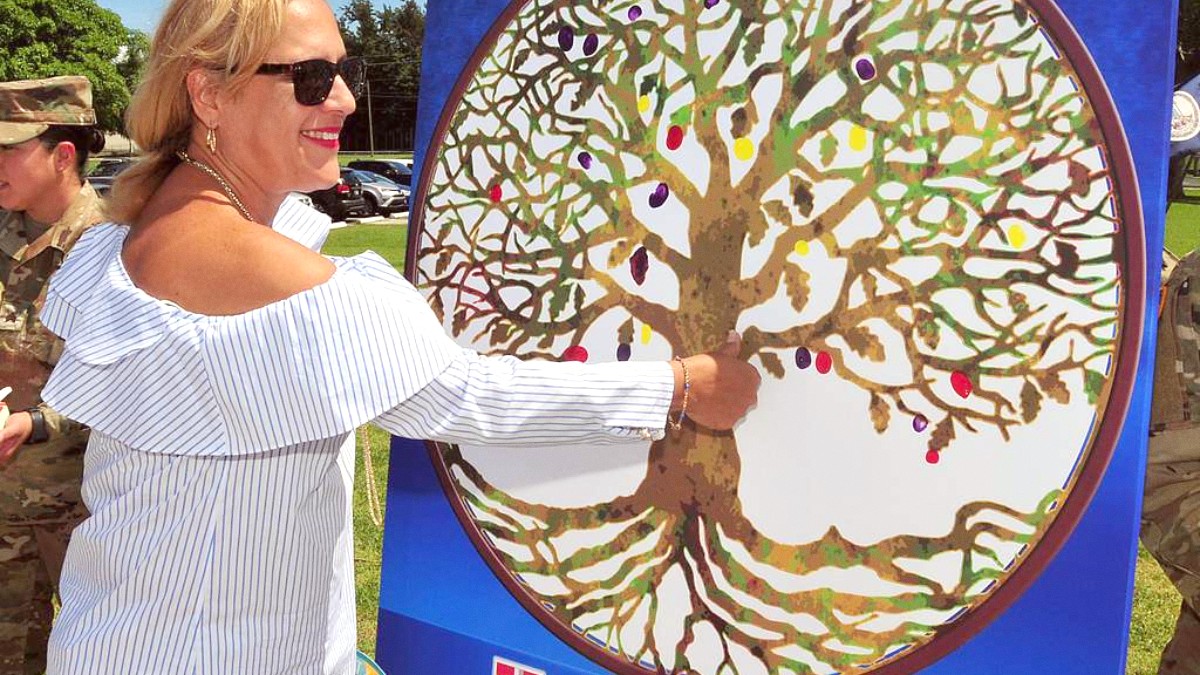
Amazon Basin, Peru
Dry Season (May to October): Daytime temperatures range from 24°C to 32°C (75°F to 90°F). Humidity persists, but it less intense than in the wet season. Rainfall less frequent and generally lighter, often short bursts. River levels are lower, for easier and faster navigation. Trails are less muddy.
Wet Season (November to April): Temperatures are similar, from 23°C to 30°C (73°F to 86°F). Humidity is very high, often above 90%. Rain falls frequently and heavily, with prolonged downpours. River levels rise significantly, boats to access smaller tributaries and flooded forests.
June to August
Less rain, accessible trails, fewer mosquitoes. Better for hiking and seeing ground-dwelling animals near water. Macaw clay lick activity is often at its peak.
Higher demand for lodges and flights. Prices can be higher. More tourists at popular sites.
May, September, October
Weather generally pleasant. Smaller crowds than during high season. Better deals on lodges and tours are possible. Good balance of weather and fewer people.
Weather can be variable; expect some rain. Trails might be damp.
November to April
Higher river levels for exploring narrower channels and flooded forests. Excellent for birdwatching. Fewer tourists, and lower prices for some services.
Frequent heavy rain disrupt activities. Trails become muddy and slippery. Mosquito populations are generally higher. Wet conditions.
The dry season (June-October) is often preferred for comfort and easier movement. Animals gather around shrinking water sources during this time.
During the dry season, clay licks are more active and accessible, leading to larger concentrations of birds. Early morning visits are a must.
Dry season for less muddy trails. Wet season means mud and challenging conditions.
Wet season higher water levels; boats explore narrower channels and flooded forests.
Both seasons present unique opportunities. Dry season often has clearer skies.
Check forecasts near departure. Bring lightweight rain gear anytime.
Book well in advance for high season travel.
Plan your entry into Peru correctly. This includes visa rules and necessary documents.
Citizens from the United States, Canada, European Union (Schengen Area), United Kingdom, Australia, and New Zealand typically do not need a visa for tourist stays. They can stay up to 90 days within a 180-day period. Extensions are possible.
Upon arrival at the airport or land border, you will receive a Tourist Card (Tarjeta Andina de Migración - TAM). Keep this card safe.
Plan your budget for a trip to Puerto Maldonado. The local currency is the Peruvian Sol (PEN), also called "Soles."
PEN 100 - 250 (approx. USD $27 - $67). Hostels, local market food, mototaxis, basic group day trips to Sandoval Lake.
PEN 350 - 800 (approx. USD $95 - $215). Comfortable hotel or all-inclusive mid-range Amazon lodge, varied dining, organized excursions.
High-end eco-lodges like Inkaterra Reserva Amazónica.
Superior comfort, service, unique amenities.
Gourmet dining, private transfers, specialized boat services.
Exclusive, personalized guided tours.
Travel to the Amazon brings unique health and safety considerations. Proper preparation for a healthy and secure trip.
No specific vaccinations for entry unless arriving from a country with yellow fever risk.
Yellow Fever vaccine, at least 10 days before travel. Carry your International Certificate of Vaccination (Yellow Card).
Hepatitis A and B, Typhoid, Rabies (for remote areas/animal contact). Routine vaccinations up-to-date (MMR, DTP, Varicella).
Mosquito-borne Diseases
Dengue Fever, Malaria, Zika are present. Use strong Insect repellent with DEET (30-50%) or Picaridin (20-30%). Wear Long-sleeved shirts and long pants, especially at dawn/dusk. Sleep under mosquito nets. Consult your doctor about malaria medication.
Traveler's Diarrhea: Drink only bottled or purified water. Avoid ice from tap water. Eat well-cooked food. Peel fruits. Practice good hand hygiene, or use Hand sanitizer. Carry Anti-diarrhea medication like Imodium A-D Caplets.
Sunburn & Dehydration: Use High-SPF, broad-spectrum sunscreen. Wear a Wide-brimmed hat. Drink plenty of bottled or purified water. Tropical cuts and scrapes can quickly infect. Clean and treat promptly. Carry a Basic first-aid kit.
Hospital Santa Rosa is the main public hospital. Private clinics have limited facilities. For serious emergencies, evacuation to Lima or Cusco may be necessary.
Limited outside town. Reputable lodges usually have first-aid trained staff and emergency communication.
Tap water not safe. Drink Bottled water. Reputable lodges supply filtered/boiled water. Bring a Reusable water bottle. Eat at reputable restaurants or lodge. Be careful with street food.
Puerto Maldonado is generally safe. Petty crime like pickpocketing can occur in crowded areas (markets, bus terminals) or at night.
Tropical climate presents specific risks. Stay prepared for environmental conditions.
During the wet season (November-April), heavy rains can cause rivers to swell, leading to localized flooding. This impact travel plans, especially river transport.
Constant heat and high humidity can lead to heat exhaustion or dehydration. Take frequent breaks and stay hydrated.
Be respectful of wildlife. Follow your guide's instructions, especially concerning venomous animals or dangerous insects. Do not approach or feed wild animals.